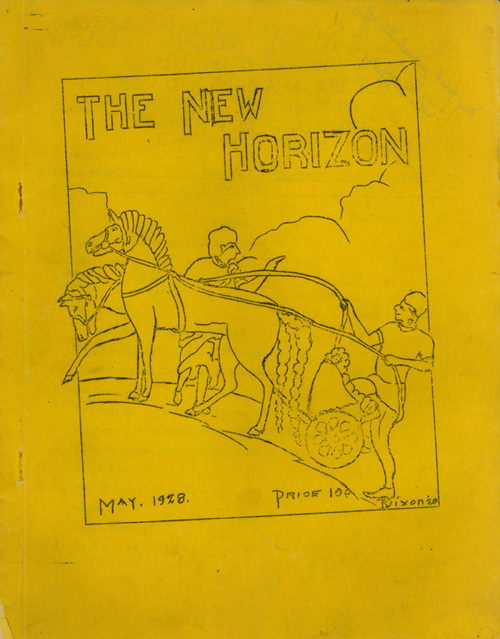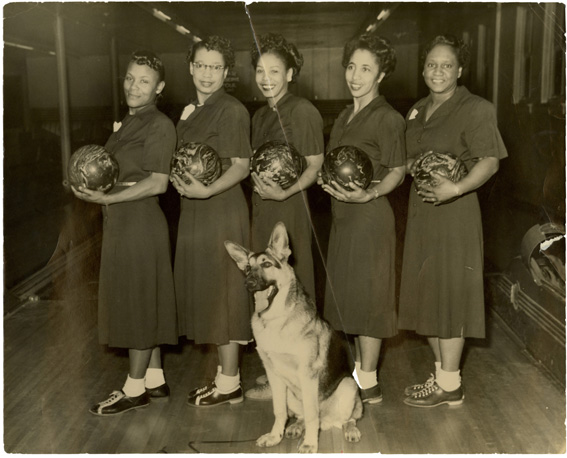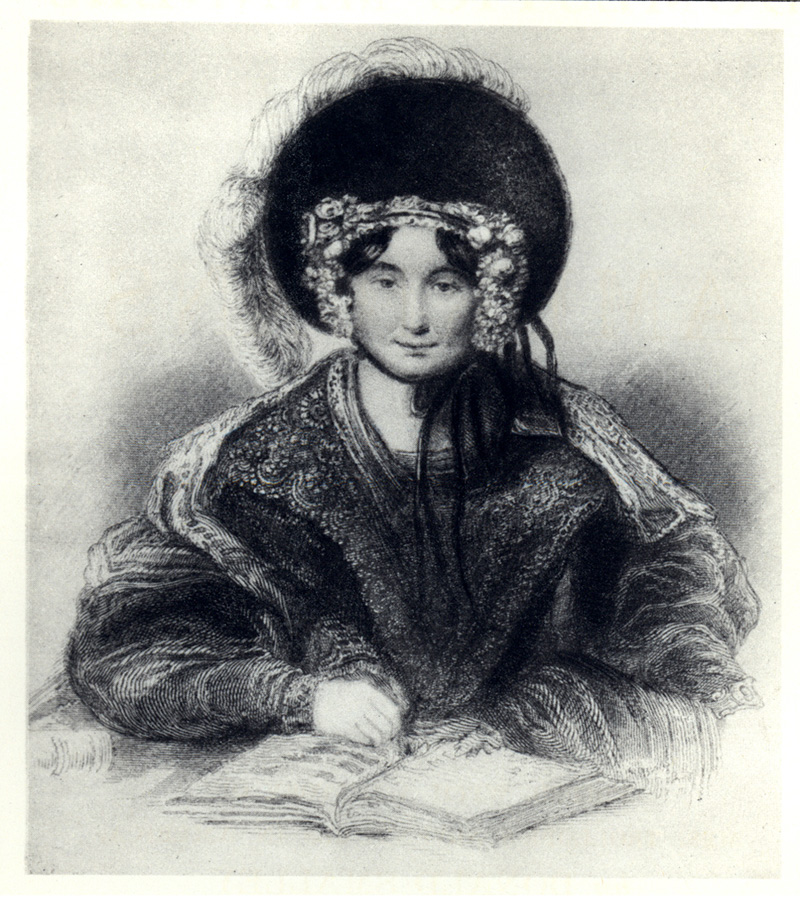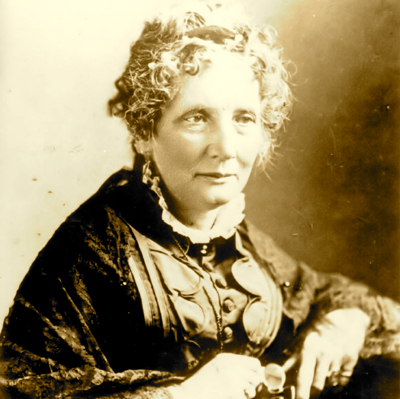 The year 2011 marks the 200th anniversary of the birth of writer Harriet Beecher Stowe. To celebrate this milestone, an exhibit highlighting the life and publishing career of Harriet Beecher Stowe is on display on Langsam Library’s 5th floor. A timeline noting important events in Harriet Beecher Stowe’s life is displayed along with samples of some of her writing.
The year 2011 marks the 200th anniversary of the birth of writer Harriet Beecher Stowe. To celebrate this milestone, an exhibit highlighting the life and publishing career of Harriet Beecher Stowe is on display on Langsam Library’s 5th floor. A timeline noting important events in Harriet Beecher Stowe’s life is displayed along with samples of some of her writing.
Tag Archives: Cincinnati History
Speaking of Lotspeich. . .
By Lauren Fink
 A new, 11-box installment has been added to the Seven Hills School collection which is housed at the Archives and Rare Books Library.
A new, 11-box installment has been added to the Seven Hills School collection which is housed at the Archives and Rare Books Library.
In 2002, the library processed a collection of archival materials belonging to the Seven Hills School. This collection contains photographs, yearbooks, and other memorabilia documenting the school’s history and evolution from 1908-1999 and can be viewed by visiting the following link http://www.libraries.uc.edu/libraries/arb/archives/inventories/seven_hills.pdf. The new accession of materials is a continuation of the 2002 collection. However, it spans the years 1953-2011 and pertains mainly to the Lotspeich School.

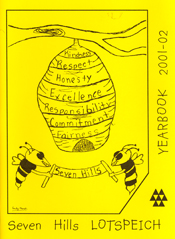 Print materials – self-studies of the Seven Hills School, mailings, newsletters, class lists, directories, and annual reports – are included, as are photographic materials. Professional school pictures, principals’ albums, yearbooks (right), faculty photos, and candids all document the myriad of people and happenings at the Lotspeich School throughout the years. Events like Halloween, “Shearing ‘Lot Sheep’ at Lotspeich, and May Fete, are certainly of interest and nostalgia to alumni of the Lotspeich School. Continue reading
Print materials – self-studies of the Seven Hills School, mailings, newsletters, class lists, directories, and annual reports – are included, as are photographic materials. Professional school pictures, principals’ albums, yearbooks (right), faculty photos, and candids all document the myriad of people and happenings at the Lotspeich School throughout the years. Events like Halloween, “Shearing ‘Lot Sheep’ at Lotspeich, and May Fete, are certainly of interest and nostalgia to alumni of the Lotspeich School. Continue reading
Celebrate German-American Heritage Month
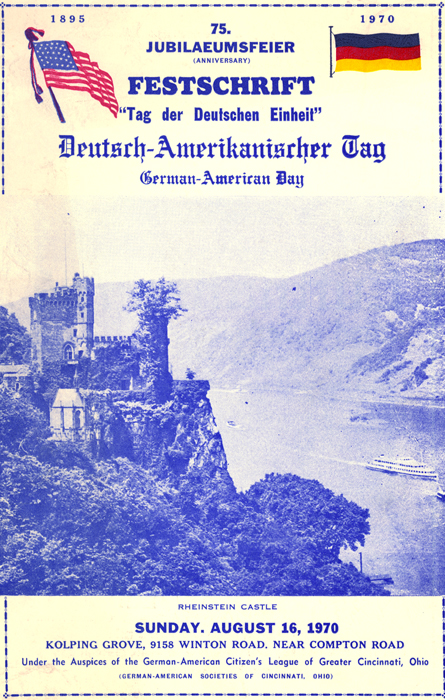 October is German-American Heritage Month, and there could not be a better time to explore ARB’s German-Americana collection. The German-Americana Collection is one of the nation’s largest collections pertaining to German-American history, literature and culture, and is located in the Archives and Rare Books Library in Blegen Library. In 1935, the University of Cincinnati acquired the seed collection for what is today’s German-Americana collection with the library of H.H. Fick. Fick, a German immigrant and a former teacher with the Cincinnati Public Schools, spent his final years collecting books and pamphlets on German-American history and culture. The donation also contained Fick’s own writings and autobiography. Continue reading
October is German-American Heritage Month, and there could not be a better time to explore ARB’s German-Americana collection. The German-Americana Collection is one of the nation’s largest collections pertaining to German-American history, literature and culture, and is located in the Archives and Rare Books Library in Blegen Library. In 1935, the University of Cincinnati acquired the seed collection for what is today’s German-Americana collection with the library of H.H. Fick. Fick, a German immigrant and a former teacher with the Cincinnati Public Schools, spent his final years collecting books and pamphlets on German-American history and culture. The donation also contained Fick’s own writings and autobiography. Continue reading
T. M. Berry Project: Fred Shuttlesworth
By Laura Laugle
For many people familiar with the American Civil Rights Movement, the recent death of Fred Shuttlesworth marks the end of an era. Shuttlesworth was the last surviving member of “The Big Three” a descriptor for the three founding members of the Southern Christian Leadership Conference, Rev. Dr. Martin Luther King, Rev. Ralph Abernathy and Rev. Fred Shuttlesworth.
Though Shuttlesworth is predominately known for his work in Birmingham, Alabama, he actually lived much of his life right here in Cincinnati. He moved here in 1961 to take a position as pastor at Revelation Baptist Church and met the Berry family when he moved into their former home on North Crescent Ave. Although he continued his involvement in the Civil Rights Movement mostly through his work with the Southern Christian Leadership Conference in Alabama, he did have a few special projects going in the which city he called home until his retirement in 2007 which would have been important to Ted Berry, particularly later in their careers. Continue reading
T. M. Berry Project: The New Horizon
By Laura Laugle
Now that the physical processing of the Berry collection is complete and I’ve begun arranging materials, I’ve come across some items which, when I processed them months and months ago, I was too ignorant of their context to fully appreciate. Chief among those items are three copies of The New Horizon. I had no idea when I pulled out the rusty staples, pried off the bits of rapidly disintegrating paperclips and filed them temporarily (read: labeled with a removable sticky note) as “Misc. Copies of New Horizon” how incredibly important these school papers really are. Continue reading
College of Music Historical Collection in ARB
By Lauren Fink
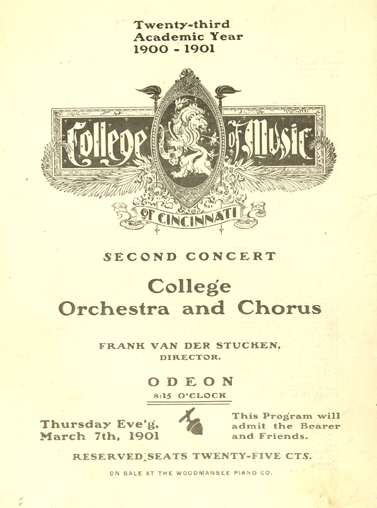 In the Archives and Rare Books Library, we recently processed a collection containing historical records of the College of Music of Cincinnati. This collection spans 1878-1967 and contains commencement bulletins, programs, student rosters, and minutes of executive, financial, and stockholder’s committee meetings. Illustrating the historical and biographical nature of this collection, the 1926 commencement bulletin entitled “College Comments,” contains articles on the College’s faculty, graduating students, clubs, and ensembles. Further, meeting minutes provide details of all of the College’s major educational and financial concerns and
In the Archives and Rare Books Library, we recently processed a collection containing historical records of the College of Music of Cincinnati. This collection spans 1878-1967 and contains commencement bulletins, programs, student rosters, and minutes of executive, financial, and stockholder’s committee meetings. Illustrating the historical and biographical nature of this collection, the 1926 commencement bulletin entitled “College Comments,” contains articles on the College’s faculty, graduating students, clubs, and ensembles. Further, meeting minutes provide details of all of the College’s major educational and financial concerns and 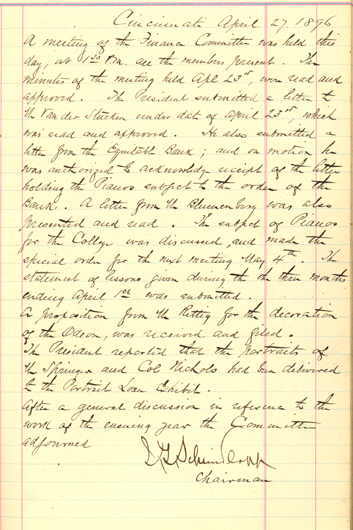 decisions, such as how to create more space for radio labs or the necessity of hiring certain faculty for certain departments. The minutes also contain outlines of correspondence between the College and the Conservatory of Music on having a connection with each other. To view the contents of this new collection, see the finding aid online (http://rave.ohiolink.edu/archives/ead/OhCiUAR0287). Continue reading
decisions, such as how to create more space for radio labs or the necessity of hiring certain faculty for certain departments. The minutes also contain outlines of correspondence between the College and the Conservatory of Music on having a connection with each other. To view the contents of this new collection, see the finding aid online (http://rave.ohiolink.edu/archives/ead/OhCiUAR0287). Continue reading
Historical City of Cincinnati Birth and Death Records Now Available Online
The City of Cincinnati Birth and Death Records from 1865 to 1912 are now fully online and available for research and study at http://digitalprojects.libraries.uc.edu/Births_and_Deaths/.
T. M. Berry Project: Proportional Representation in Cincinnati
By Laura Laugle
A large part of Theodore M. Berry’s work in obtaining equality for African Americans in Ohio and especially in Cincinnati centered on the electoral process. The “Berry Backers” frequently ran “Get out the Vote” type events throughout the 1940s and 1950s, using the lure of bowling tournaments and visiting speakers like Dr. Martin Luther King, Jr. to encourage blacks to work with the systems in place and become involved in the political process. It should then come as no surprise that Berry spent many years fighting for what he believed to be the fairest system of voting – proportional representation.
An Alma Mater Moment
By Kevin Grace
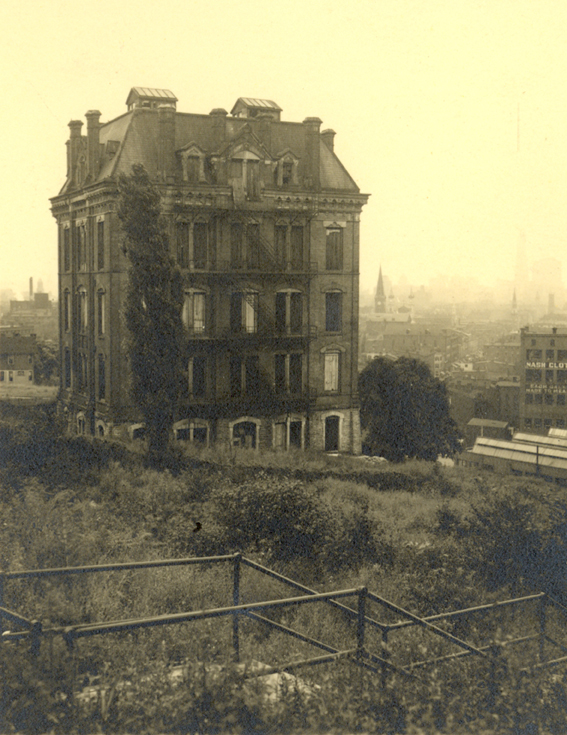 Over the years, I’ve gathered a fair amount of UC ephemera from garage sales, flea markets, estate sales, and Ebay, and eventually I’ll end up giving it to the University Archives. In the meantime, it’s always a nice little surprise when I dig around in my basement boxes and find these odds and ends. The postcard shown here is of the original University Building, constructed on Charles McMicken’s property in 1875. That property had been bequeathed to the City of Cincinnati in McMicken’s will when he died in 1858, and after litigation and the Civil War, the city was ready to create a university. UC initially held classes in the old Woodward High School building in Over-the-Rhine. With the erection of a permanent building, the university moved to the hillside below present day Clifton Avenue as it winds its way downtown. Continue reading
Over the years, I’ve gathered a fair amount of UC ephemera from garage sales, flea markets, estate sales, and Ebay, and eventually I’ll end up giving it to the University Archives. In the meantime, it’s always a nice little surprise when I dig around in my basement boxes and find these odds and ends. The postcard shown here is of the original University Building, constructed on Charles McMicken’s property in 1875. That property had been bequeathed to the City of Cincinnati in McMicken’s will when he died in 1858, and after litigation and the Civil War, the city was ready to create a university. UC initially held classes in the old Woodward High School building in Over-the-Rhine. With the erection of a permanent building, the university moved to the hillside below present day Clifton Avenue as it winds its way downtown. Continue reading
Domestic Manners of the Americans by Mrs. Frances Trollope
By Janice Schulz
“We heard on every side, that of all the known places on ‘the globe called earth,’ Cincinnati was the most favourable for a young man to settle in…”
From Domestic Manners of the Americans
___________________________________
London gentlewoman Mrs. Frances Trollope had an idea. She would open a shop – a shop in America where she could offer the residents of that fast-growing country the finer things in life – unique items that they otherwise would not have the chance to purchase. Her middle son Henry could run the store, establish himself in a lucrative business, and take advantage of the opportunities that America had to offer a young man. Although possessed of the highest manners and an impressive family background, the Trollopes were not wealthy by the definition of London society, a fact that seriously interfered with Mrs. Trollope’s plans, especially for her children’s future. So she looked to America, and specifically to Cincinnati, to provide the right economic climate and market for her shop idea. In the end the venture was not a smashing success and her expectations of Cincinnati were far from confirmed, but the trip resulted in what would become Mrs. Trollope’s crowning glory, Domestic Manners of the Americans, a travel log of her adventures in the United States. While the book earned Mrs. Trollope popularity and was hailed as a triumph in her homeland, its revelations of uncultured Americans served to portray her as a snobbish villain in the States, particularly with the residents of Cincinnati. Continue reading


